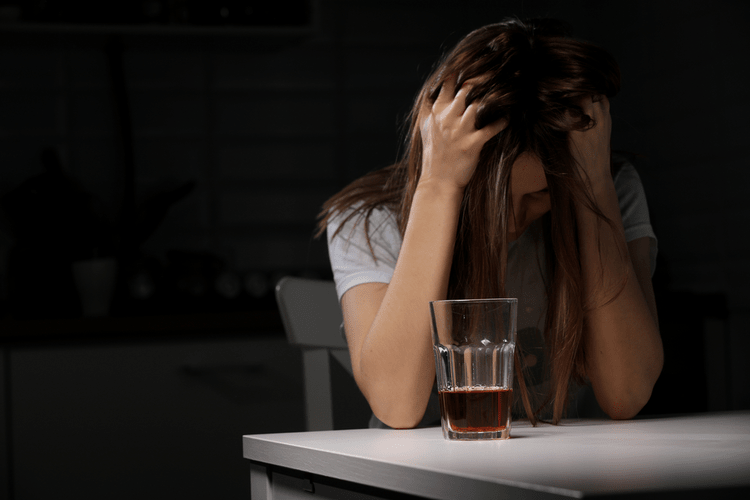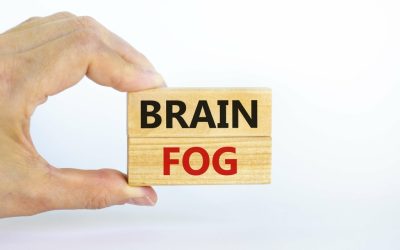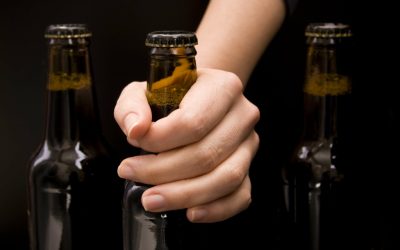Read on to learn more about the symptoms, risk factors, treatments, diagnosis, and where to get support. This CME/CE credit opportunity is jointly provided by the Postgraduate Institute for Medicine and NIAAA. Ultimately, sobriety is the responsibility of the person who has the alcohol addiction.
Prevention of Alcohol Use Disorder
- For people who experience hallucinations as part of alcohol withdrawal, these may begin in the 12- to 24-hour time frame.
- Unlike ordinary sadness or grief, which can occur temporarily after a loss, the symptoms of depression occur nearly every day for weeks—sometimes months or years—interfering with all aspects of an individual’s life.
- They’ll recommend treatments and resources to help you recover from alcohol use disorder.
- People who are daily or heavy drinkers may need medical support to quit.
- The relationship between mental health conditions and alcohol use disorder is complex.
Most residential treatment programs include individual and group therapy, support groups, educational lectures, family involvement, and activity therapy. For some people, alcohol misuse results from psychological http://psychology.net.ru/articles/content/1099575747.html or social factors. Others use alcohol to cope with psychological issues or stress in their daily lives. Many people with AUD continue to drink even as they develop health problems related to drinking.
Brain Chemistry

Everyday Health follows strict sourcing guidelines to ensure the accuracy of its content, outlined in our editorial policy. We use only trustworthy sources, including peer-reviewed studies, board-certified medical experts, patients with lived experience, and information from top institutions. Treatment for alcohol use disorder can vary, depending on your needs. Treatment may involve a brief intervention, individual or group counseling, an outpatient program, or a residential inpatient stay. Working to stop alcohol use to improve quality of life is the main treatment goal. Therapy is useful to help teach someone how to manage the stress of recovery and the skills needed to prevent a relapse.
- Drinking at a young age increases the chance of alcohol use disorder in some people.
- If you think you might have an AUD, see your health care provider for an evaluation.
- If you have been consuming alcohol heavily for an extended period, quitting on your own has the potential to be dangerous.
Negative Effects Of Phone Addiction
- Moderate and severe withdrawal syndromes can include hallucinations, seizures, or delirium tremens; the latter two can be life-threatening.
- Over time, heavy alcohol use and binge drinking may increase the chances of developing alcohol use disorder.
- “I recognize in my community and in Mississippi, a lot of people do struggle with internalizing disorders and to cope with those symptoms, they often turn to alcohol,” Armstrong said.
- Many people with alcohol use disorder hesitate to get treatment because they don’t recognize that they have a problem.
Consider talking with someone who has had a problem with drinking but has stopped. Those with mild to moderate symptoms may receive treatment in an outpatient setting. You should ask a loved one to stay with you during this process, and you may need to visit a clinician for daily monitoring. This change was made to challenge the idea that abuse was a mild and early phase of the illness and dependence was a more severe manifestation.
What are the symptoms of alcohol use disorder?
- People who have a dependence on alcohol exhibit some or all of the following characteristics.
- 3In operant procedures, animals must first perform certain response (e.g., press a lever) before they receive a stimulus (e.g., a small amount of alcohol).
- The Department of Health and Social Care recommends pregnant women and women trying to conceive should avoid drinking alcohol.
- Alcohol dependence is thought to represent a persistent dysfunctional (i.e., allostatic) state in which the organism is ill-equipped to exert appropriate behavioral control over alcohol drinking.
If you have alcohol use disorder, you may have difficulty stopping or managing your alcohol use. It may negatively affect your health and work and relationships with family and friends. Around 1.7% of people ages 12 to 17 (414,000 adolescents) in the United States had alcohol use disorder in the same time frame. In 2021, 29.5 million Americans aged 12 or older met the diagnostic criteria for an AUD. Only 1.4 million of them, however, received alcohol use treatment of any kind.1 While individuals provide many reasons for not seeking treatment, fear of judgement is one.5 Eliminating stigmatizing labels from our vernacular is a step in the right direction. A healthcare professional may also be able to recommend resources and support.

Treatment Options for Depression & Co-Occurring Addiction

Drinking alcohol too much or too often, or being unable to control alcohol consumption, can be a sign of alcohol misuse and, in some cases, alcohol use disorder (AUD). Whether you care for youth or adults, you are likely to encounter https://www.mybirds.ru/forums/topic/10444-prekratite-spasat-voronyat/page/21/ patients with alcohol use disorder (AUD) regularly in your practice. Healthcare providers diagnose the condition by doing a physical examination to look for symptoms of conditions that alcohol use disorder may cause.
Some people with mental health concerns may self-medicate with alcohol. Alcohol withdrawal after periods of excessive drinking can cause debilitating symptoms hours to days later. According to the NIAAA, http://fc-sochi.com/showthread-t_825-page_9.html symptoms may include trouble sleeping, restlessness, nausea, sweating, a racing heart, increased blood pressure, tremor (or shakiness), anxiety, feeling low, or just a general sense of malaise.

